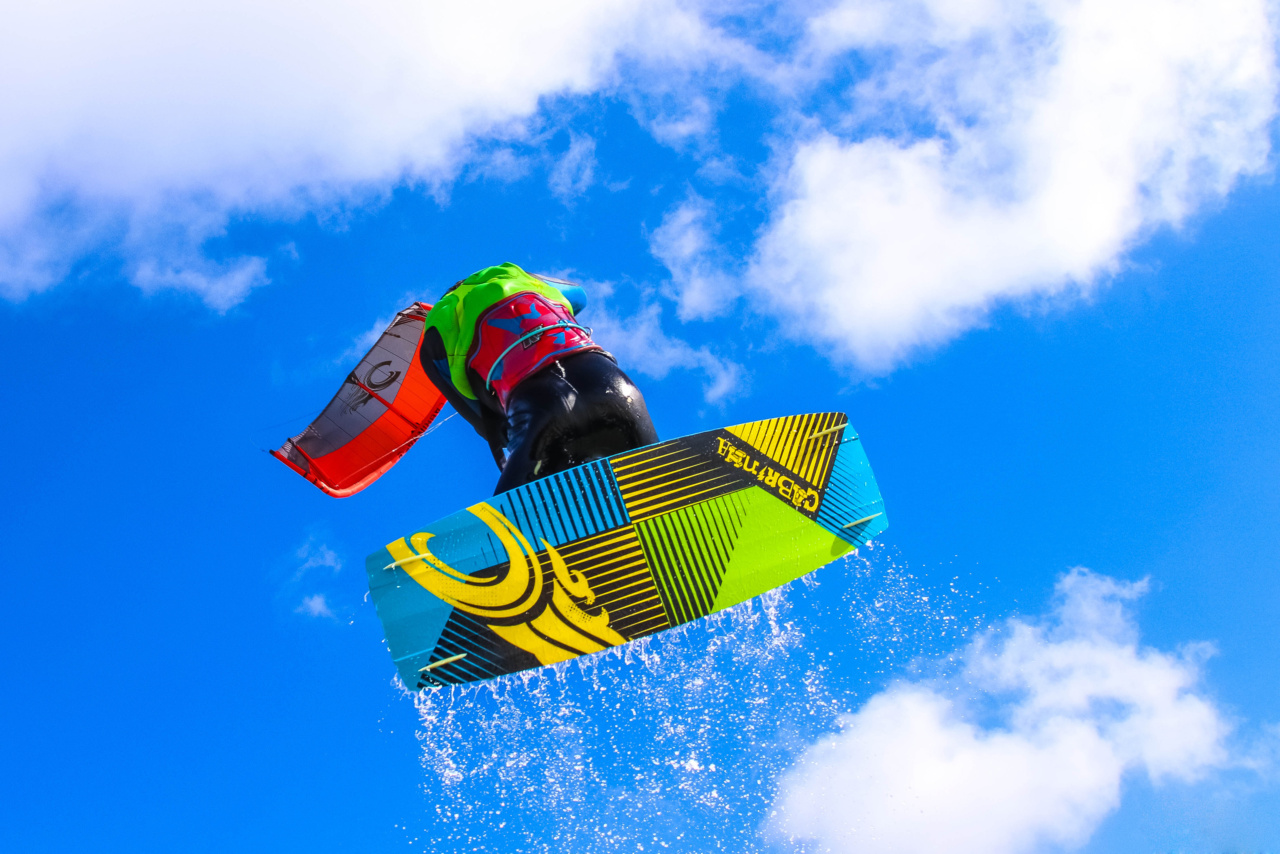Kite flying is a popular activity enjoyed by people of all ages. It can be a fun and relaxing way to spend time outdoors, but it’s important to follow some basic guidelines to ensure a safe and enjoyable experience.
Whether you’re a beginner or a seasoned kite flyer, here are the do’s and don’ts of kite flying that you should keep in mind.
1. Do Choose an Open Space
When flying a kite, it’s crucial to find an open area free from obstacles such as trees, power lines, and buildings. Look for a spacious park or beach where you have plenty of room to maneuver your kite without any obstructions.
This will not only help prevent accidents but also give your kite more room to soar high in the sky.
2. Don’t Fly in Unsafe Weather Conditions
Weather conditions play a significant role in kite flying. Avoid flying your kite during thunderstorms, heavy rain, or strong winds. These conditions can make it difficult to control your kite and pose a safety risk.
Always check the weather forecast before heading out to fly your kite and choose a day with clear skies and mild wind.
3. Do Assemble Your Kite Properly
Before taking your kite to the skies, make sure it is properly assembled. Follow the instructions provided by the manufacturer to ensure that you have correctly attached all the parts such as the frame, tail, and string.
Flying a well-assembled kite will not only improve its performance but also prevent any accidents caused by faulty construction.
4. Don’t Fly Near Airports or Restricted Areas
It is important to be aware of your surroundings while flying a kite. Avoid flying near airports or any restricted areas that can interfere with the flight paths of aircraft.
Kites, especially large ones, can pose a danger to aircraft if they get in the way. Always fly your kite in designated areas away from restricted zones to ensure the safety of yourself and others.
5. Do Use the Right Kite for the Wind Conditions
Choosing the right kite for the wind conditions is essential for a successful and enjoyable flying experience. Lighter winds require smaller kites, while stronger winds will require larger and more robust kites.
Using the wrong kite for the wind conditions can make it difficult to control or even damage your kite. Keep multiple kites in your collection to be prepared for various wind strengths.
6. Don’t Fly Near People or Animals
While kite flying is an exciting activity, it’s crucial to be mindful of people and animals around you. Avoid flying your kite near crowded areas or places where there are a lot of people, such as beaches or parks.
Additionally, be cautious of any animals in the vicinity, as they may get entangled in the kite string or become frightened by the kite. Safety should always be a top priority.
7. Do Use a Strong and Secure Kite String
The kite string is an integral part of kite flying, so it’s important to use a strong and secure one. The string should be durable enough to withstand the pulling force of the kite without breaking.
Avoid using materials like sewing thread or fishing line, as they are not strong enough for kite flying. Consider using a specialized kite string made of synthetic fibers, such as nylon or Dacron, which offer strength and durability.
8. Don’t Fly Your Kite in Busy Airspace
When flying your kite, be mindful of other kites in the air. If you’re in a popular kite flying area, there may be other flyers sharing the same sky. Avoid flying your kite too close to others to prevent string entanglements or collisions.
Maintain a safe distance between your kite and other flyers, allowing everyone to enjoy their kite flying experience without any mishaps.
9. Do Be Mindful of Power Lines
One of the most important safety precautions of kite flying is to stay away from power lines. Power lines pose a significant danger if your kite gets tangled or comes into contact with them.
Always choose a flying location that is far away from any power lines, and if you notice your kite heading towards them, immediately steer it away to avoid a potentially hazardous situation.
10. Don’t Fly Your Kite Near Roadways
Another area to avoid while flying a kite is near roadways. Kite strings can be long and may extend across streets, creating a hazard for passing vehicles or cyclists.
Ensure you select a location that is far from any roadways to avoid accidents or traffic disruptions. A secluded park or open field away from traffic will provide a safer environment for kite flying.
Conclusion
Kite flying is a fantastic activity that can be enjoyed by people of all ages, but it’s important to follow certain guidelines to ensure a safe and enjoyable experience.
Choose an open area free from obstacles, assemble your kite properly, and use the right kite for the wind conditions. Be aware of your surroundings, including people, animals, airports, and power lines. Use a strong and secure kite string and maintain a safe distance from other flyers.
By following these do’s and don’ts, you can maximize your enjoyment and safety while flying a kite.































